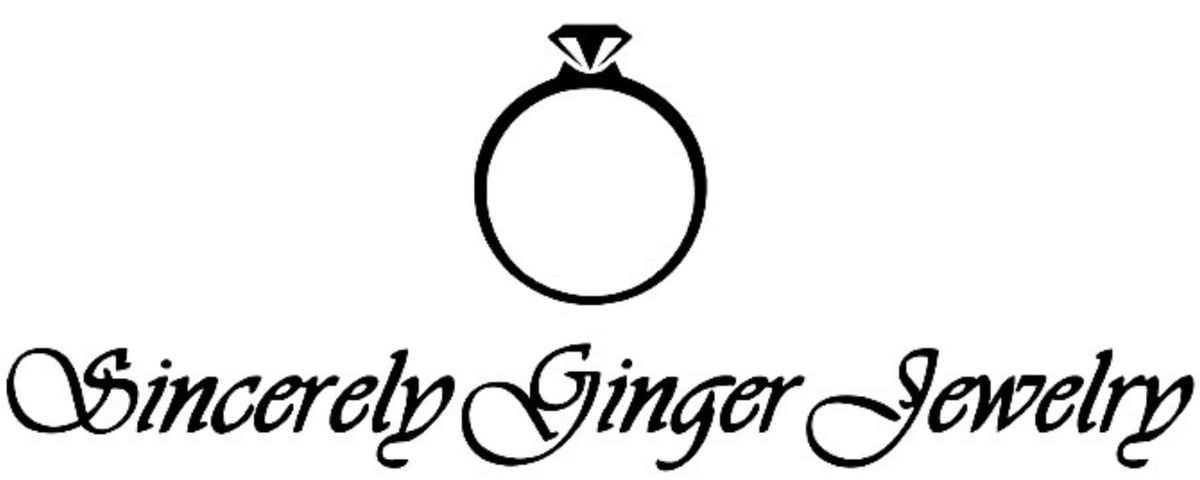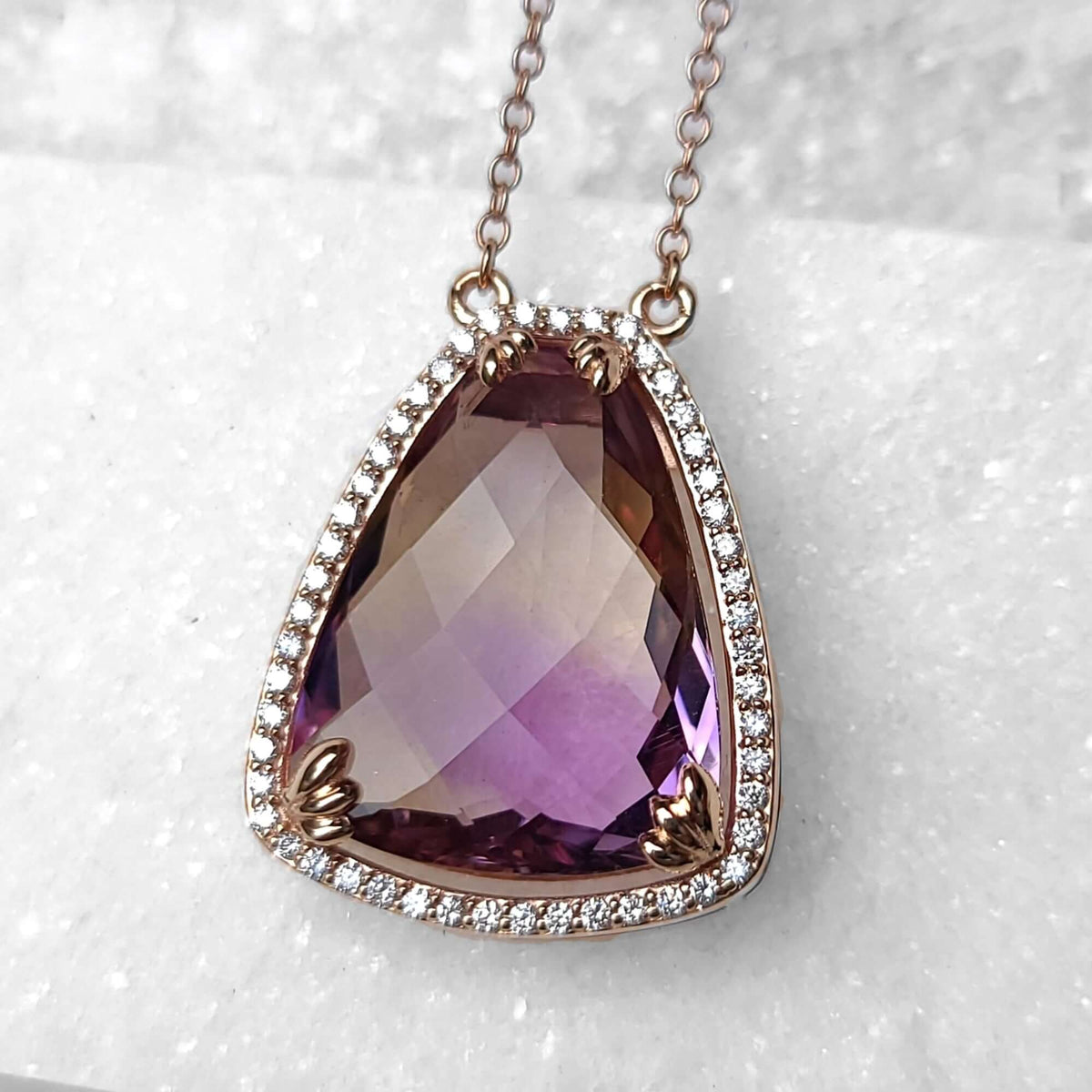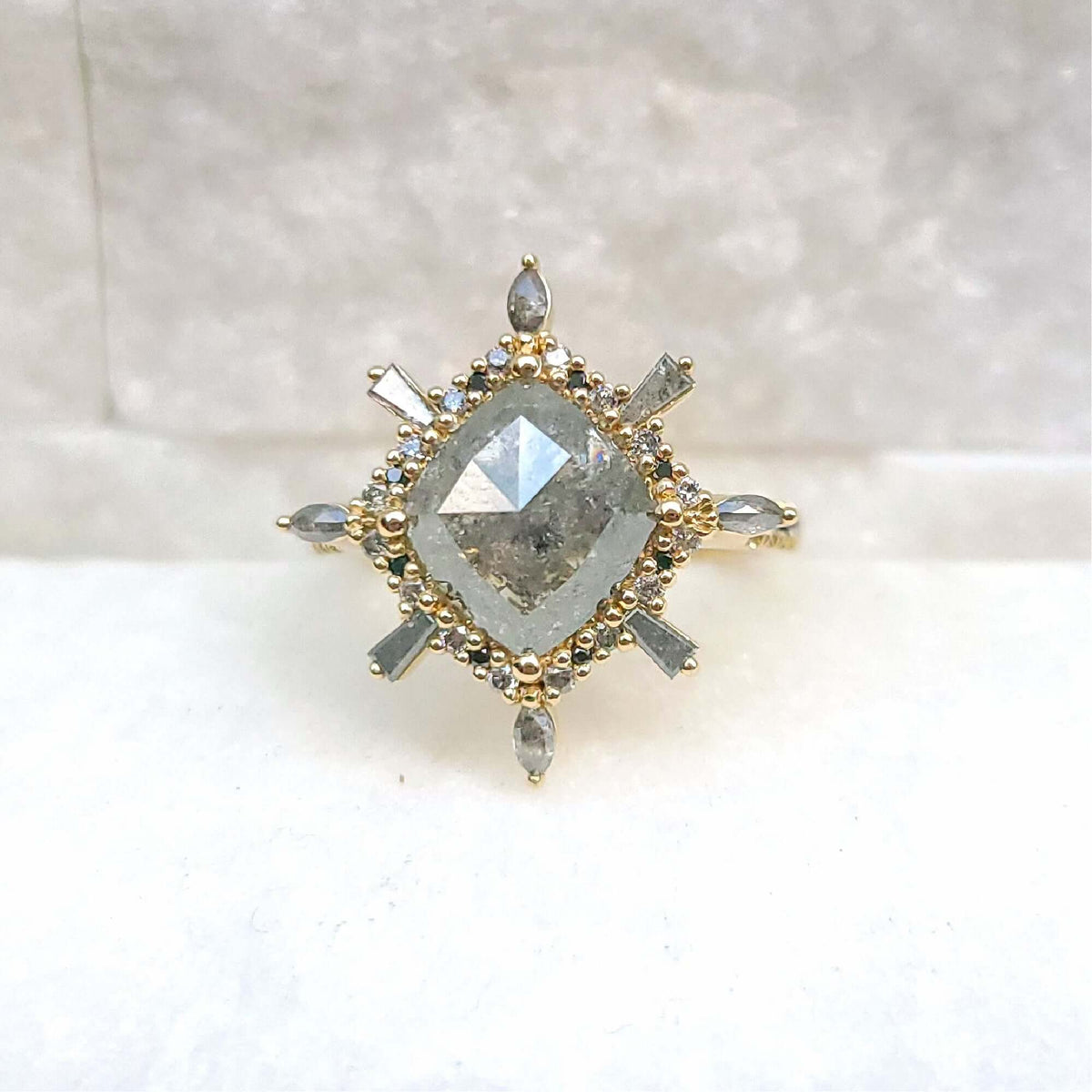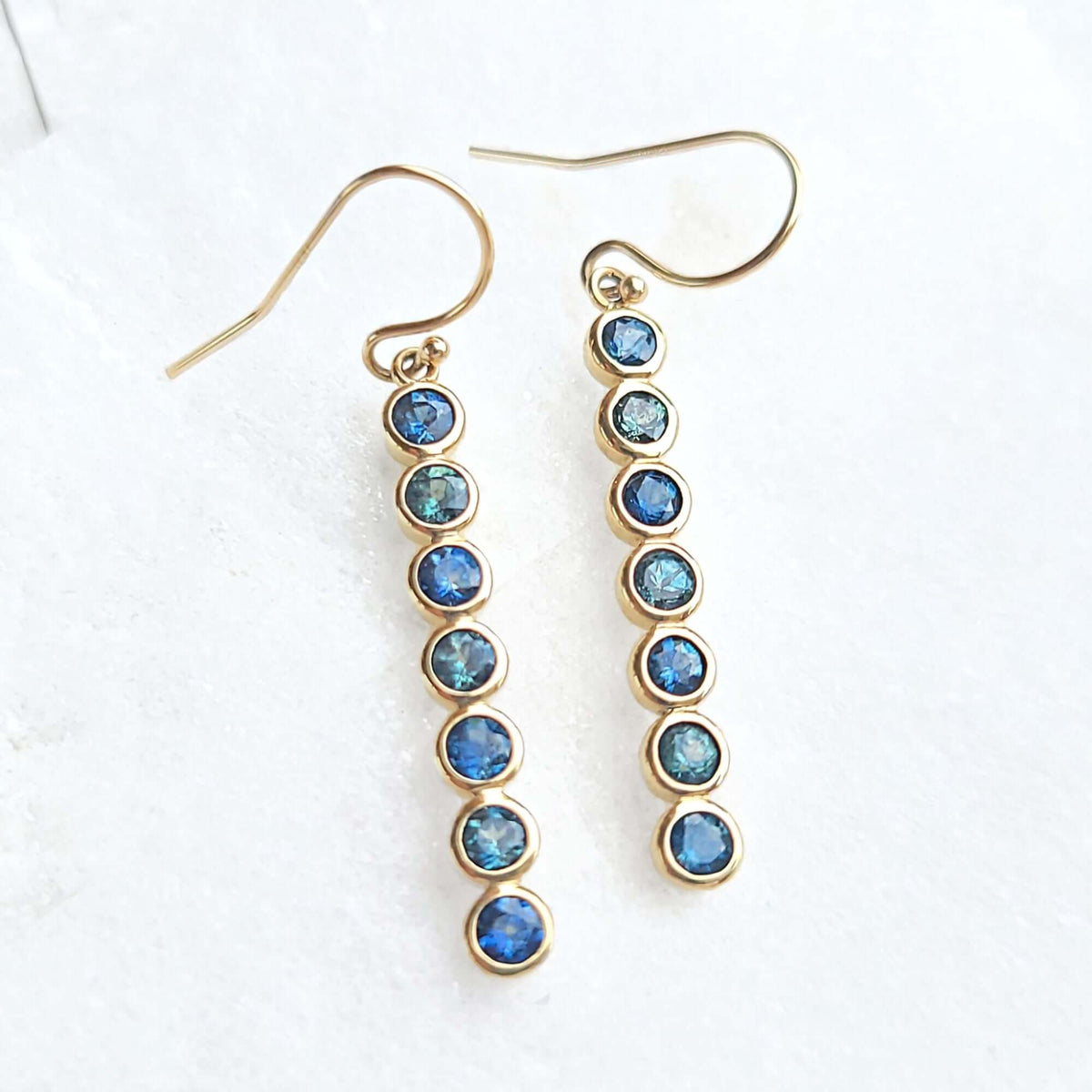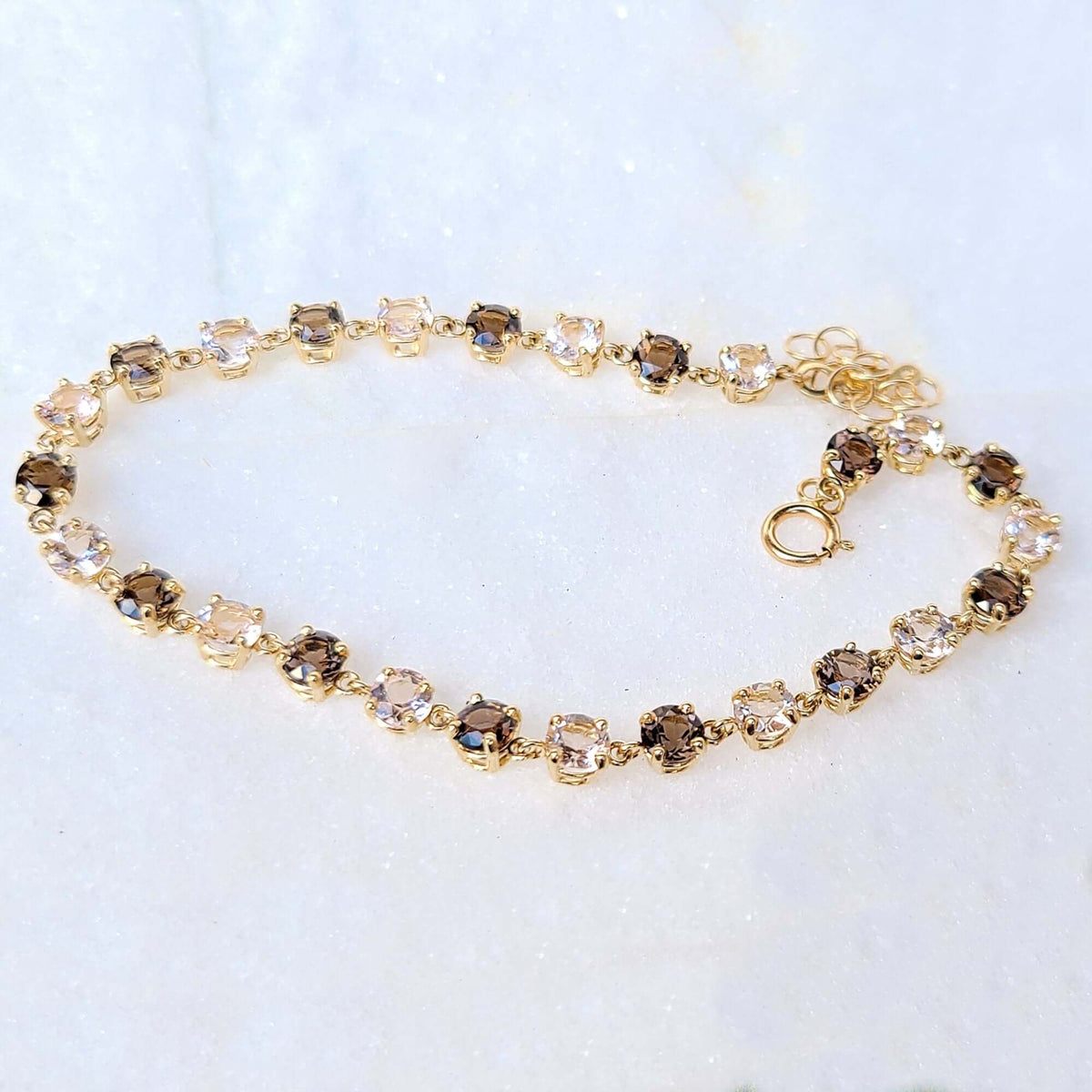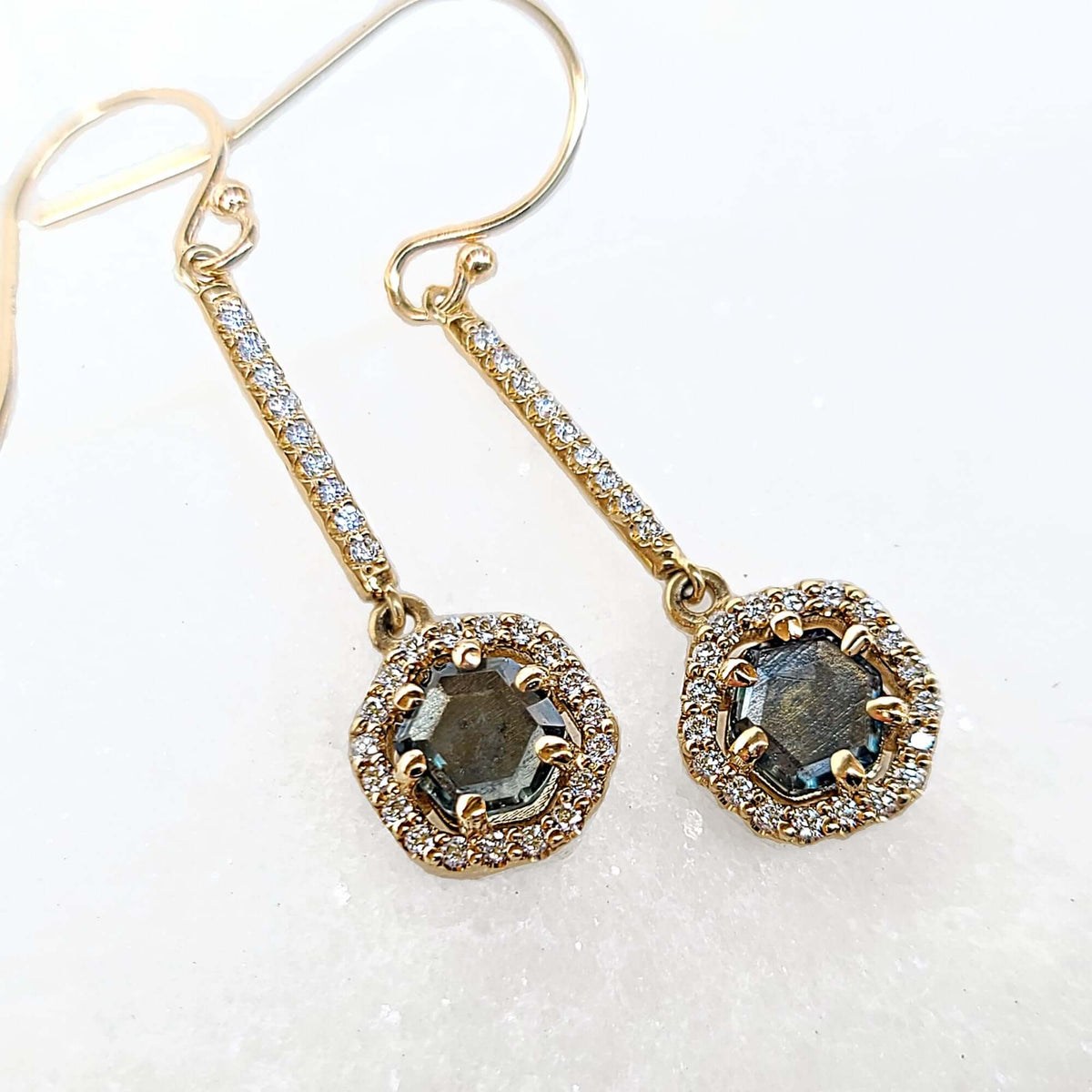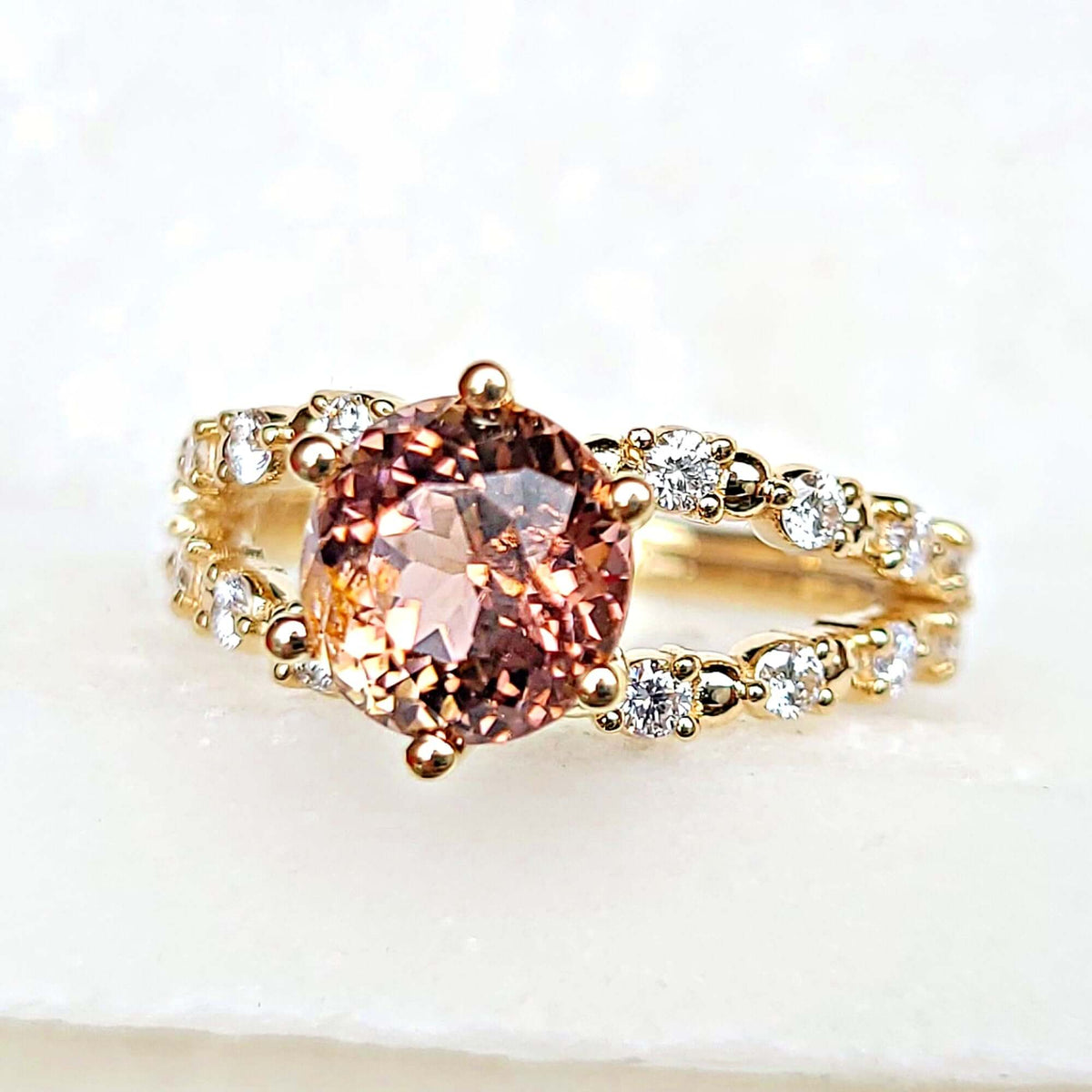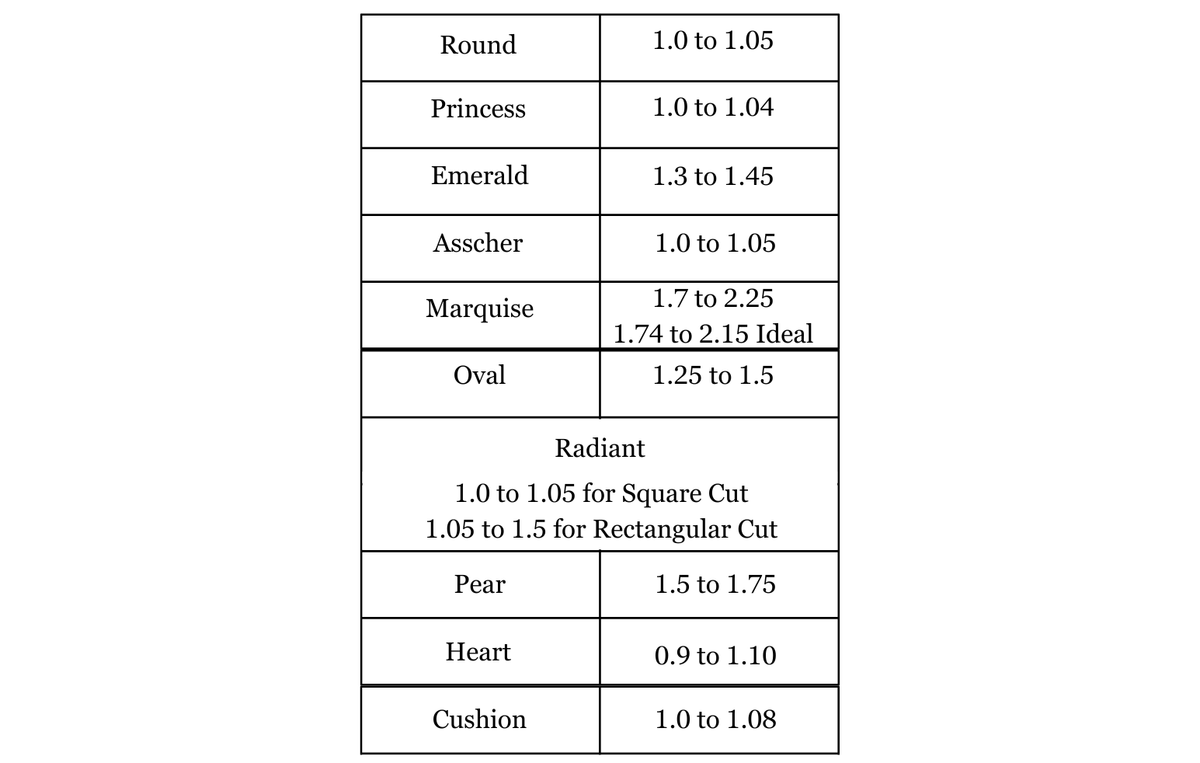
DIAMOND SIZE CHART: ACCURATE MM TO CARAT CONVERSION FOR ALL SHAPES
When it comes to purchasing a diamond, understanding its size is crucial. The diamond size chart is an indispensable tool for buyers and enthusiasts alike, providing a clear correlation between a diamond's measurements and carat weight. This relationship varies across different diamond shapes, from the classic round cut to fancy shapes like princess, cushion, and pear cut diamonds. Knowing how to interpret these measurements has a significant impact on making informed decisions about diamond purchases.
Carat Weight vs Visual Size
When it comes to diamonds, carat weight and visual size are two distinct concepts that often cause confusion among buyers. Carat weight is a measure of a diamond's mass, with one carat equaling 0.2 grams. However, this weight does not directly translate to the diamond's apparent size when viewed from above. The visual size, or how large a diamond appears to the naked eye, has a significant impact on its appeal and perceived value.
To comprehend the visual size of a diamond, one must consider its measurements in millimeters (mm). These dimensions, particularly the length and width, determine the diamond's surface area and contribute to its face-up appearance. For instance, a 1-carat round diamond typically measures around 6.5 mm in diameter, while a 1.25-carat round diamond is approximately 6.8 mm.
The relationship between carat weight and visual size varies across different diamond shapes. Square-cut diamonds, such as princess, cushion, and Asscher cuts, tend to have smaller measurements compared to round diamonds of the same carat weight. A 1-carat square cut diamond usually measures about 5.5 mm, whereas a 1.25-carat square cut diamond is around 6 mm.
Fancy shaped diamonds, like oval, emerald, pear, marquise, and radiant cuts, are often described by their length. For example, 1-carat emerald and radiant diamonds are typically 7 mm long, while 1-carat oval and pear diamonds measure about 7.7 mm in length. Marquise diamonds stand out with their elongated shape, with a 1-carat marquise diamond measuring approximately 10 mm in length.
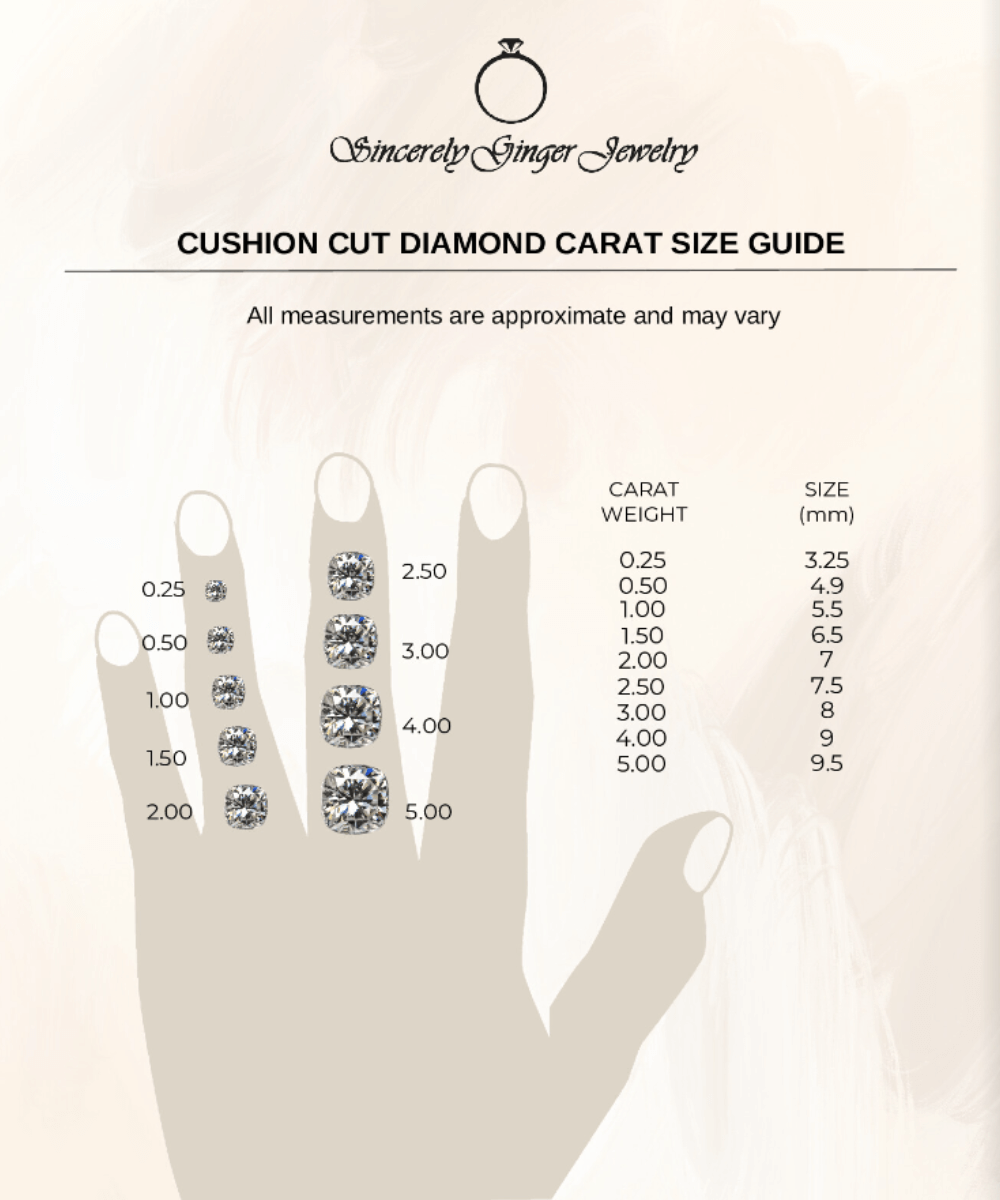
Carat Size Guide
For a visual representation on a hand, view our carat size guide flipbook. You will be able to zoom in. Click the button below to view. You can also download a copy in pdf to print by clicking here.
Measurements
Understanding a diamond's measurements has a crucial role in assessing its visual impact. The length-to-width ratio, which describes a diamond's proportions, has a significant influence on its appearance. This ratio is calculated by dividing the diamond's length by its width. For instance, an emerald-cut diamond with a length-to-width ratio of 1.41 exhibits a classic rectangular shape. Different diamond shapes have ideal length-to-width ratios that enhance their visual appeal.
Understanding a diamond's measurements has a crucial role in assessing its visual impact. The length-to-width ratio, which describes a diamond's proportions, has a significant influence on its appearance. This ratio is calculated by dividing the diamond's length by its width. For instance, an emerald-cut diamond with a length-to-width ratio of 1.41 exhibits a classic rectangular shape.
When comparing diamonds of similar carat weights, it's important to note that well-cut round diamonds tend to have less depth than well-cut fancy shapes. This results in round diamonds having a larger face-up appearance compared to fancy shapes of the same carat weight. Consequently, round-cut diamonds often command higher prices than fancy shapes of equivalent carat weight. It's worth noting that visually, it can be challenging to discern differences between diamonds that vary by 5 to 10 percent in carat weight. For example, a 0.95-carat diamond and a 1-carat diamond may appear nearly identical to the naked eye. This knowledge can be valuable when making purchasing decisions, as opting for a slightly lower carat weight with excellent cut quality can result in a visually impressive diamond at a more favorable price point.
Another essential factor to consider is the depth percentage, which is the diamond's depth (or height) divided by its diameter. Diamonds with a low depth percentage appear larger from above but may lack optimal light performance. Conversely, diamonds with a high depth percentage may look smaller but have better light reflection properties. To ensure maximum sparkle and brilliance, it's advisable to choose diamonds within specific depth percentage ranges for each shape. The table percentage, which is the width of the diamond's top facet divided by its diameter, also plays a role in a diamond's visual appearance and light performance. Each diamond shape has an ideal table percentage range that enhances its overall beauty and sparkle.
Different diamond shapes have ideal length-to-width ratios (mm) that enhance their visual appeal:
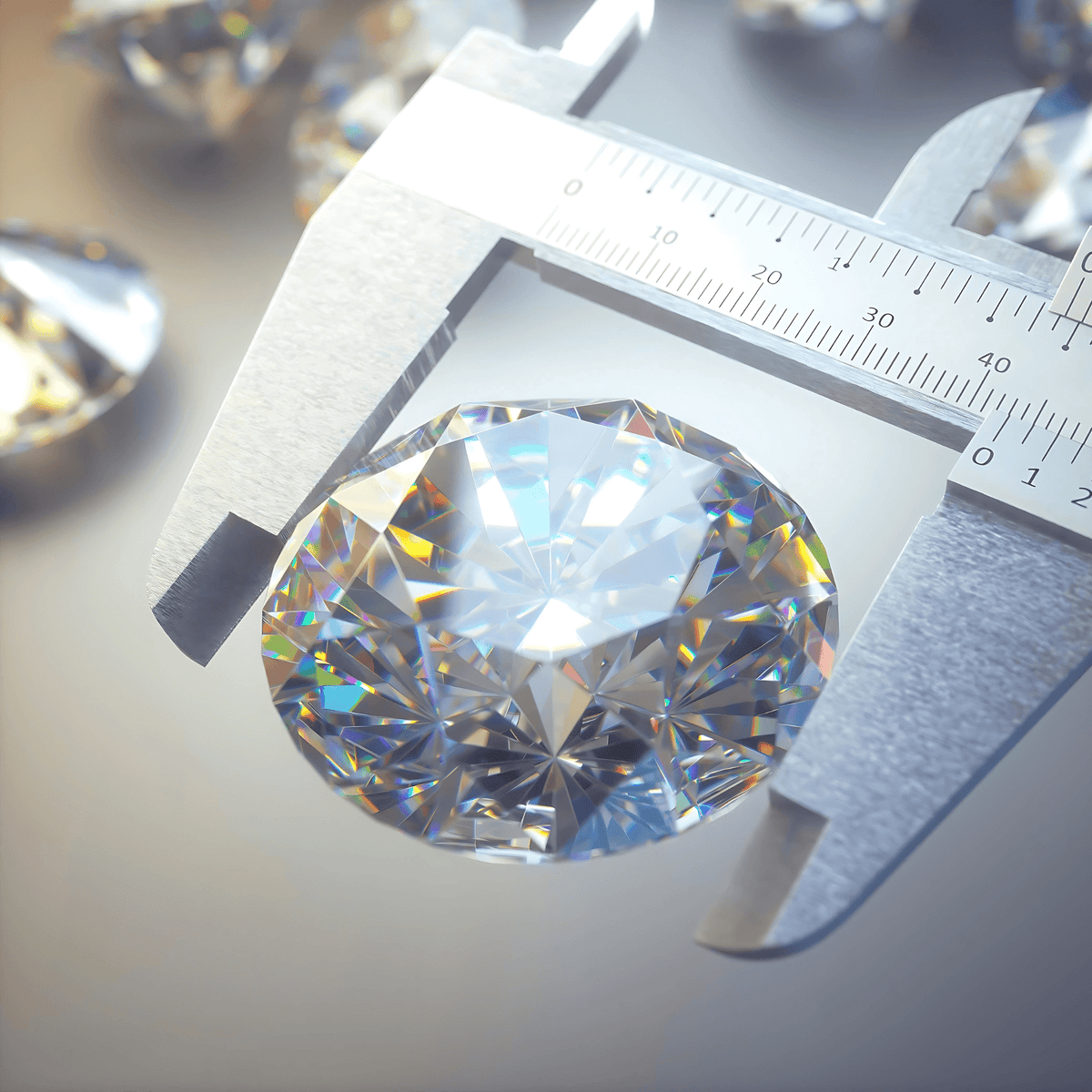
Carat Weight to MM Conversion Chart
Diamond size charts serve as invaluable tools for buyers and sellers alike, providing quick and accurate conversions between millimeter measurements and carat weights. These charts are essential for understanding the visual size of diamonds across various shapes and cuts. The chart below displays the conversions for round, princess, emerald, Asscher, marquise, oval, radiant, pear, heart, and cushion cuts.
Getting the Most Bang for Your Buck
When it comes to purchasing a diamond, buyers often seek ways to maximize size without breaking the bank. By employing strategic approaches, it's possible to obtain a larger, more impressive diamond while staying within budget constraints.
One effective method to maximize diamond size is to select stones that fall just below standard carat weight cutoffs. For instance, opting for a 0.95-carat diamond instead of a 1-carat stone can result in significant savings without a noticeable difference in size. This approach takes advantage of the pricing structure in the diamond industry, where per-carat prices increase at each size category.
Diamond experts refer to these stones as "lights." Examples include:
- 0.45ct - 0.49ct (light half carat)
- 0.90ct - 0.99ct (light carat)
- 1.20ct - 1.24ct (light carat and a quarter)
- 1.40ct - 1.49ct (light carat and a half)
By choosing a diamond that falls within these ranges, buyers can often secure a better price while maintaining the desired visual impact.
Another strategy to maximize diamond size within a budget is to explore fancy shapes. Certain cuts, such as oval, pear, and marquise, can appear larger than round brilliant diamonds of the same carat weight. These elongated shapes offer more finger coverage, creating the illusion of a larger stone.
For example, princess or oval cut diamonds provide similar levels of brilliance, fire, and scintillation as round brilliants, but allow for the purchase of a larger diamond at the same price point. This approach enables buyers to either increase their budget for the ring or opt for a more substantial stone without additional cost.
When considering fancy shapes, it's crucial to pay attention to the cut quality, as it significantly impacts the diamond's overall appearance and sparkle. A well-cut diamond, regardless of shape, can hide imperfections, enhance color appearance, and maximize the stone's visual appeal.
By combining these strategies – choosing slightly below whole carats and considering fancy shapes – buyers can effectively maximize diamond size within their budget, ensuring they get the most impressive stone for their investment.
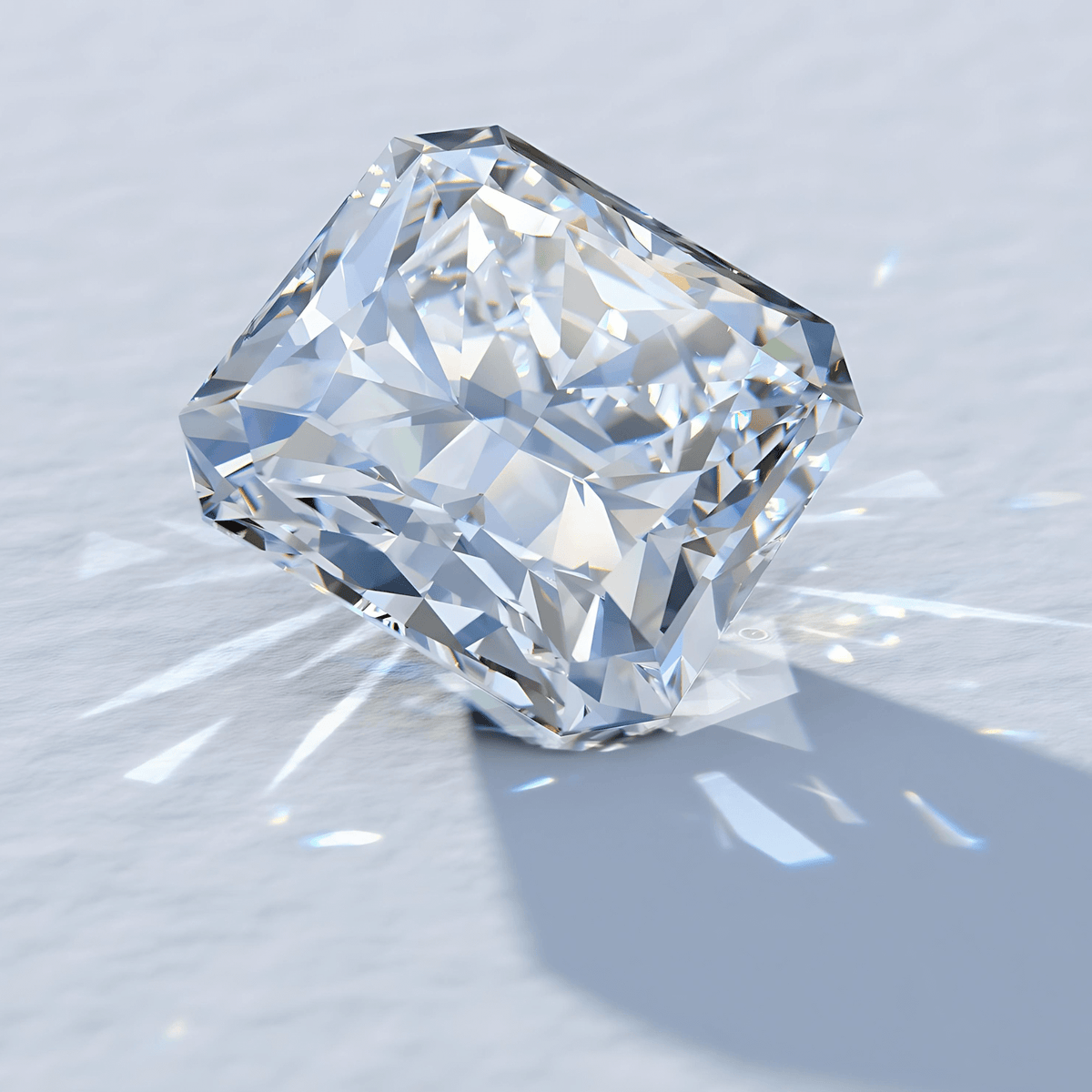
In Conclusion
The diamond size chart serves as an invaluable tool for buyers and enthusiasts, shedding light on the intricate relationship between a diamond's measurements and its carat weight. By understanding this connection across various diamond shapes, from classic rounds to fancy cuts, individuals can make well-informed decisions when purchasing diamonds. This knowledge empowers buyers to maximize the visual impact of their chosen stone within their budget constraints.
To wrap up, the world of diamonds is vast and complex, with each cut offering its own unique charm and brilliance. From the classic round brilliant to step cuts like emerald and Asscher, and fancy shapes such as cushion and radiant, every diamond shape has its own allure. By grasping the nuances of diamond sizing and cut characteristics, buyers can confidently navigate the diamond market, ensuring they select a stone that not only fits their budget but also captures their heart with its beauty and sparkle.
RELATED BLOG POSTS

4 C's of the Diamond: Choosing the Perfect Stone
Learn about selecting the perfect diamond. Understanding the 4 C's is critical when it comes to selecting a suitable diamond.
LEARN MORE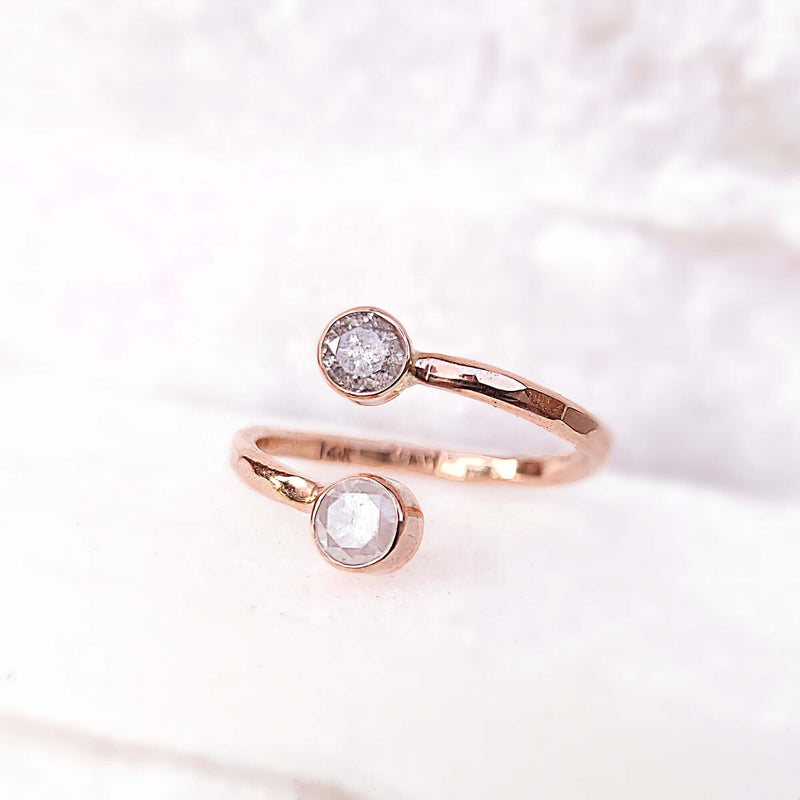
Exploring the Multifaceted World Of Diamonds
Diamonds, being the hardest known natural substance, are an appropriate symbol of the strength and everlasting quality of love.
LEARN MORE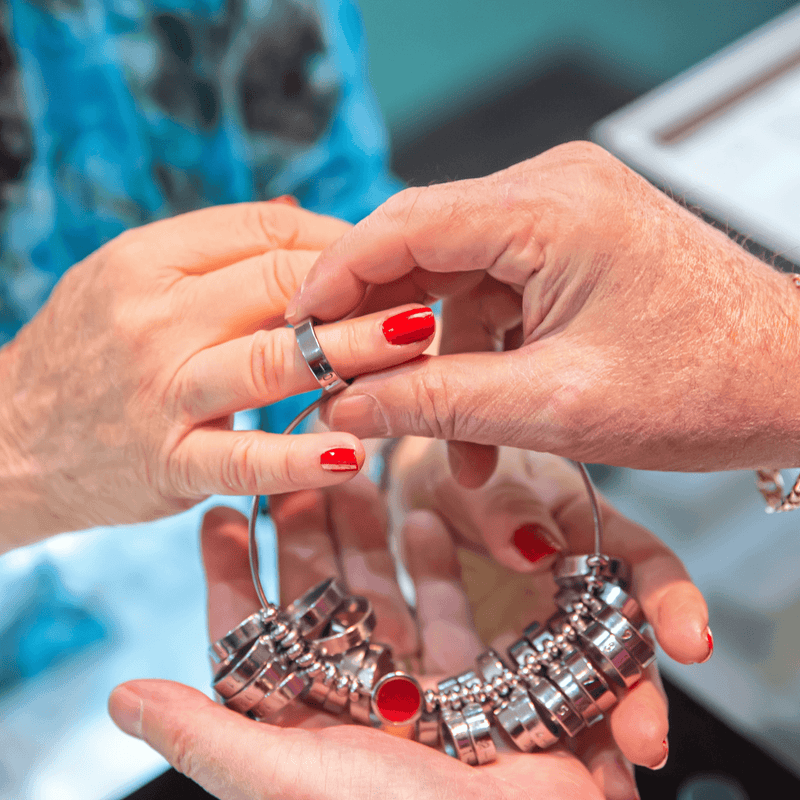
How to Know Your Ring Size: Expert Tips
Choosing the perfect ring can be a delightful experience, but it's crucial to know your ring size to ensure a comfortable fit.
LEARN MORE